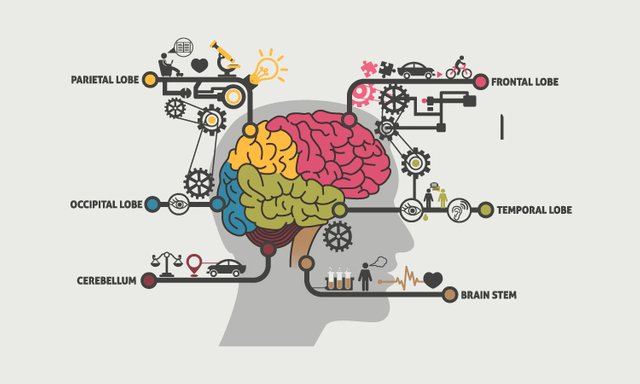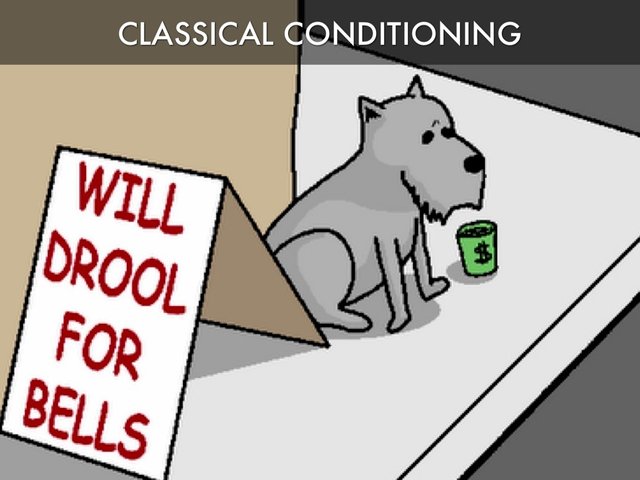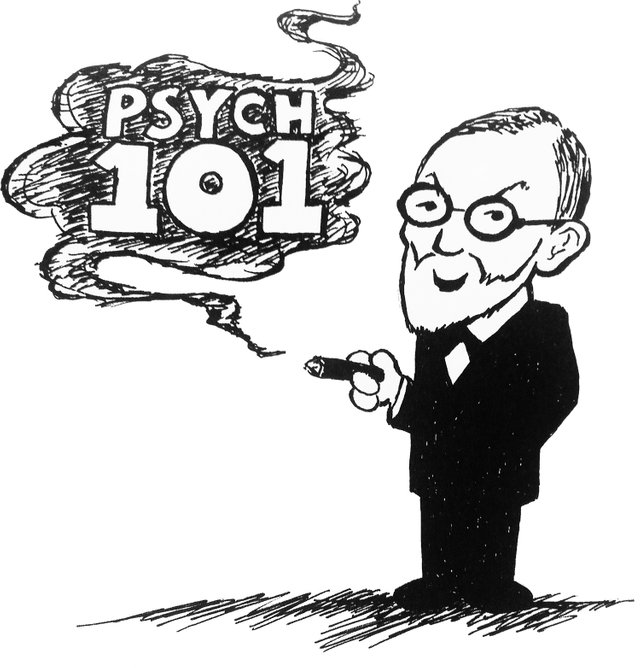Psych 101: Beginner Classical Conditioning

Classical Conditioning was first suggested and established by the Russian physiologist Ivan Pavlov. He found, when studying the digestion process in dogs, that after a while, the dogs he was studying would salivate at the sound of the feeding bell. From this, he went off to define the first principle of classical conditioning as a neutral response (feeding bell) being paired with conditions (being fed), in which case the individual would react accordingly (salivating). This effect may have become a part of your life without you even realizing it. For example, if you take a hot shower every morning immediately before breakfast, you may be conditioning yourself to be expecting a meal after every hot shower you take.
Specifying even further, in an experiment involving classical condition, there is always an unconditioned stimulus, unconditioned response, conditioned response, and a conditioned stimulus in effect. The unconditioned response is something that naturally causes a reaction in the participant or individual. For example, in the example with Pavlov's dogs, the food fed to the dogs is the unconditioned stimulus. No training is required to get dogs to salivate from food, as it is the body's natural response for digestive purposes. The natural response on salivation is what is considered the unconditioned response. A conditioned stimulus, on the other hand, is a stimulus that naturally has no effect on the participant. It is only through consistent pairing of the unconditioned response with the conditioned stimulus that causes the unconditioned response and conditioned response to eventually be identical.
The process for classical conditioning in a study is very simple. First, you must establish an unconditioned stimulus and response. In the case of Pavlov, the unconditioned stimulus was the food while the unconditioned response was the salivation. Then, pick a conditioned stimulus. This will be the environmental action that will be paired with the unconditioned stimulus to produce the conditioned response. For example, right before feeding the dogs, Pavlov would ring the bell. For the entire length of the study, the dogs slowly learned that the food bell meant there would be food coming. As a result, their bodies expected the food and produced the conditioned response of salivating. The classical conditioning will be completed when the response occurs when only the conditioned stimulus is presented alone.
You may notice that the unconditioned and conditioned responses are both the same. This pattern will be followed in all properly executed classical conditioning cases.

There are several important steps that occur throughout the cycle of classical conditioned. First, the acquisition point happens when the animal or participant has learned a new behavior. More specifically, when the conditioned stimulus produces the response by itself, acquisition has occurred (as the animal has acquired new behavior). The process of forgetting an acquired behavior is called the extinction period. The extinction of a learned behavior can be forced by the constant presenting of the conditioned stimulus without the paired conditioned stimulus. In the dog example, if Pavlov were to give food to the dogs without ringing the bell, over time, the bell would have no effect.
Another interesting event that occasionally occurs in the process of classical conditioning is spontaneous recovery. This occurs when, after extinction has taken place, the conditioned stimulus briefly regains its effect, only to quickly go through the process of extinction again. There has been no theory that has been universally supported that explains this phenomenon.
The relationship between stimuli and responses as well as the largest stages of classical conditioning are the most important concepts to understand as the basics of this type of learning. Unconditioned stimuli can be paired with a neutral stimulus to cause an instinctual response from both. The process of this learning is called acquisition while the forgetting of this trait is called extinction. Overall, classical conditioning is a deep and complex subject that should be further studied for a full understanding of this branch of learning theory.

Posted part two. Go check it out intermediate section.
I'd love to see more of your stuff on steemit, psychology would be a good addition to the content pool right now :)
Thank you I appreciate it posting another soon about lucid dreams! :)
Posted Lucid dream post.
Beginner classical conditioning involves understanding the fundamental principles of associative learning, famously demonstrated by Pavlov's experiments with dogs. Through repeated pairing of a neutral stimulus with an unconditioned stimulus, such as ringing a bell before feeding, a conditioned response emerges. This foundational concept extends beyond psychology into everyday experiences. For instance, consider coleman heating and air conditioning customer service. Through consistent positive interactions, customers associate the brand with reliability and quality service, eliciting favorable responses. Understanding such conditioning mechanisms can empower businesses to cultivate strong customer relationships, fostering loyalty and satisfaction through consistent, positive experiences.